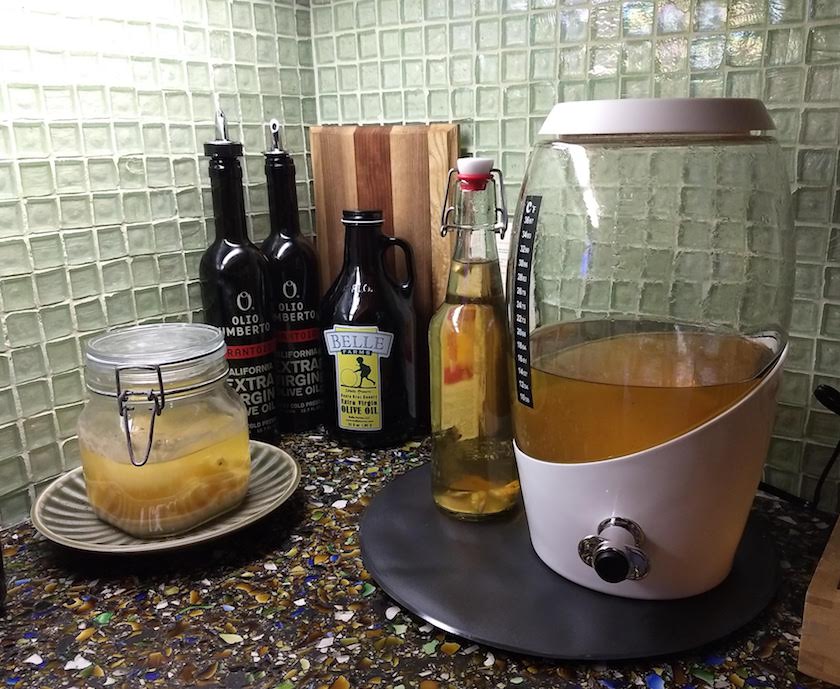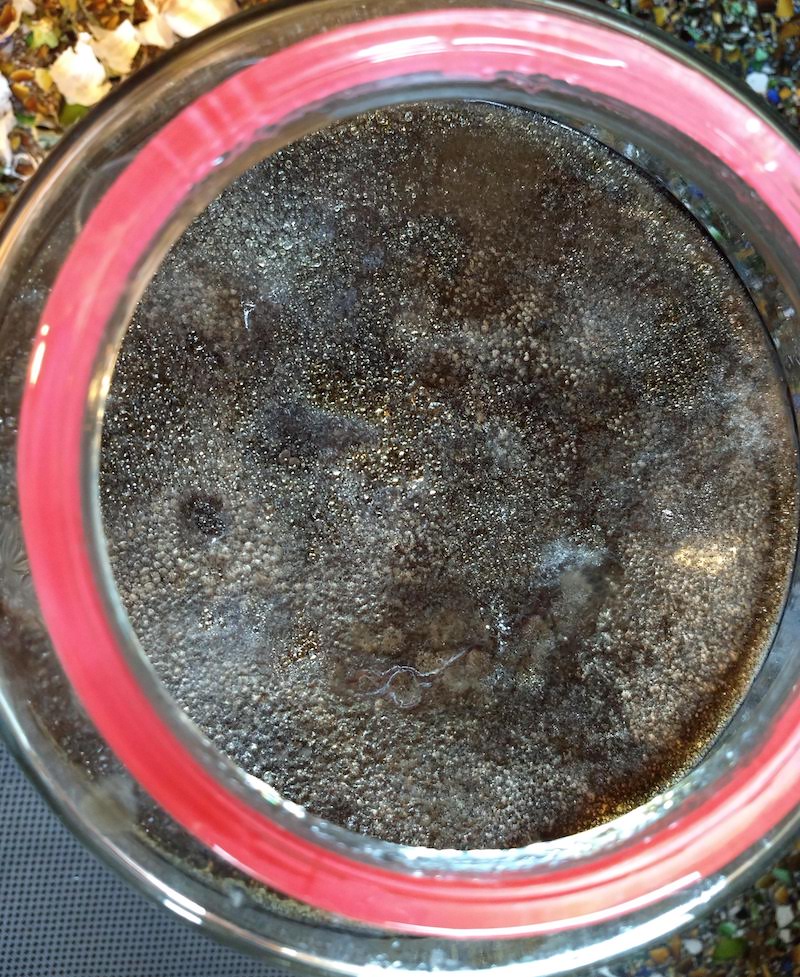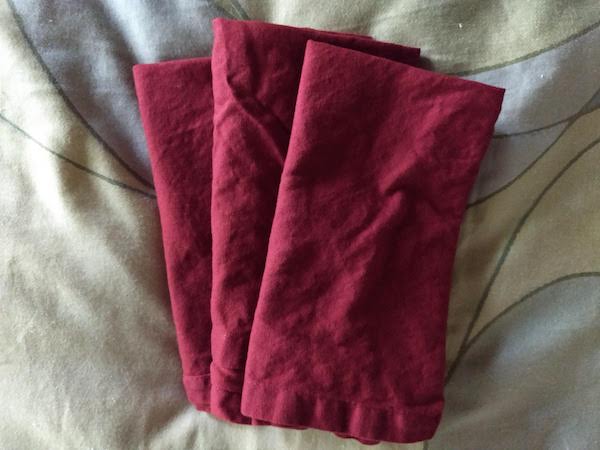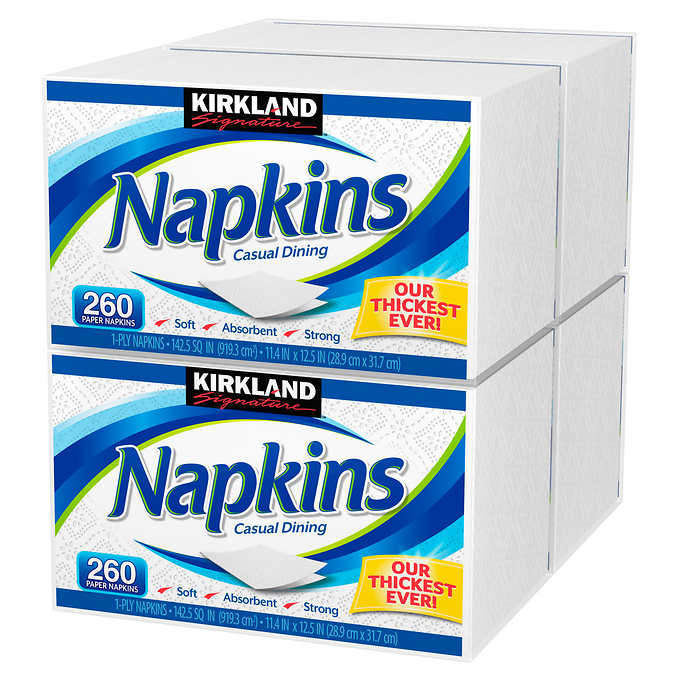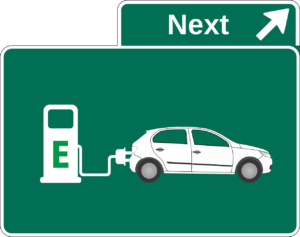Support Santa Cruz’s quirky businesses!
I suppose it’s inevitable that as real estate prices rise, a town becomes less funky and quirky. I saw it happen in Palo Alto in the 80s and 90s. When I arrived, the town boasted a diner with ancient (working) telephones on the tables and a dim sum place where the only thing on the extensive menu that you could actually buy were the potstickers.
Things have changed.
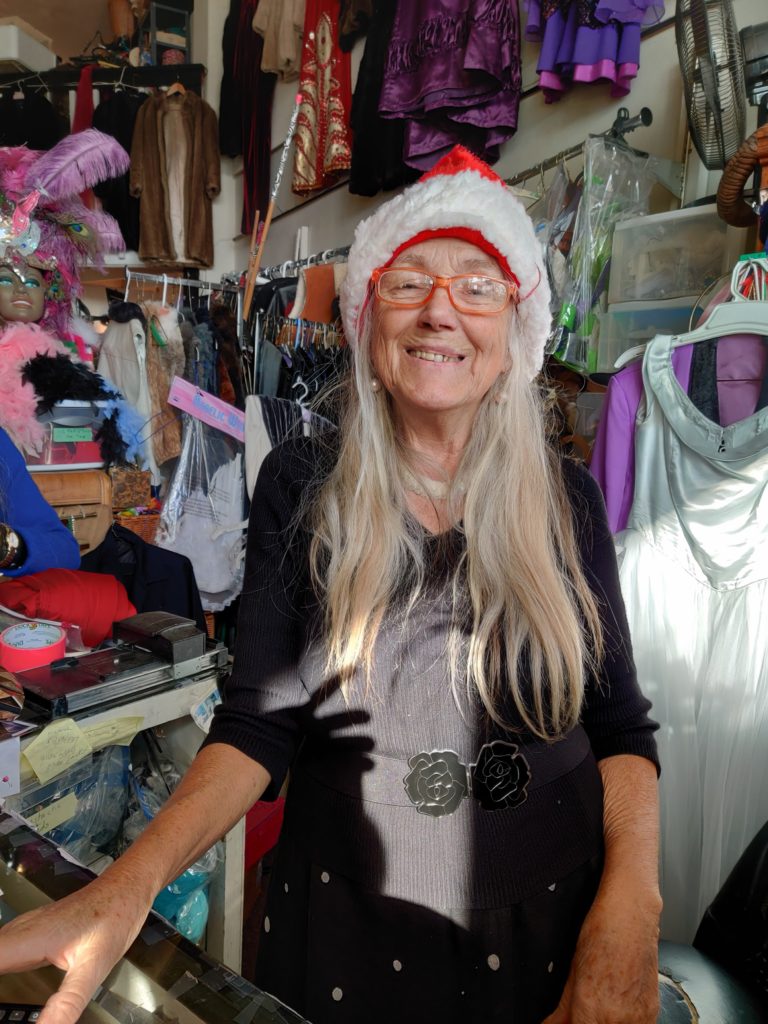
I happened in to Closet Capers (next to the Rio Theater) the other day, having heard that it was closing and they were selling off their merchandise.
I ended up chatting with the owner of the 37-year-old Santa Cruz landmark, Rebecka Hawkins.
“I’m only crying once a day at this point,” she said in describing her feelings about closing what she describes as her “obsession.”
Hawkins has outfitted many of us locals as we attended theme parties, needed an extra prop for a production, or had a last-minute freakout about Halloween. She says one school group has been coming to her for many years to supply costumes for an annual outing and production in Yosemite.
Hawkins says that the store survived so many years through the loving support of her husband and the understanding of her longtime landlord.
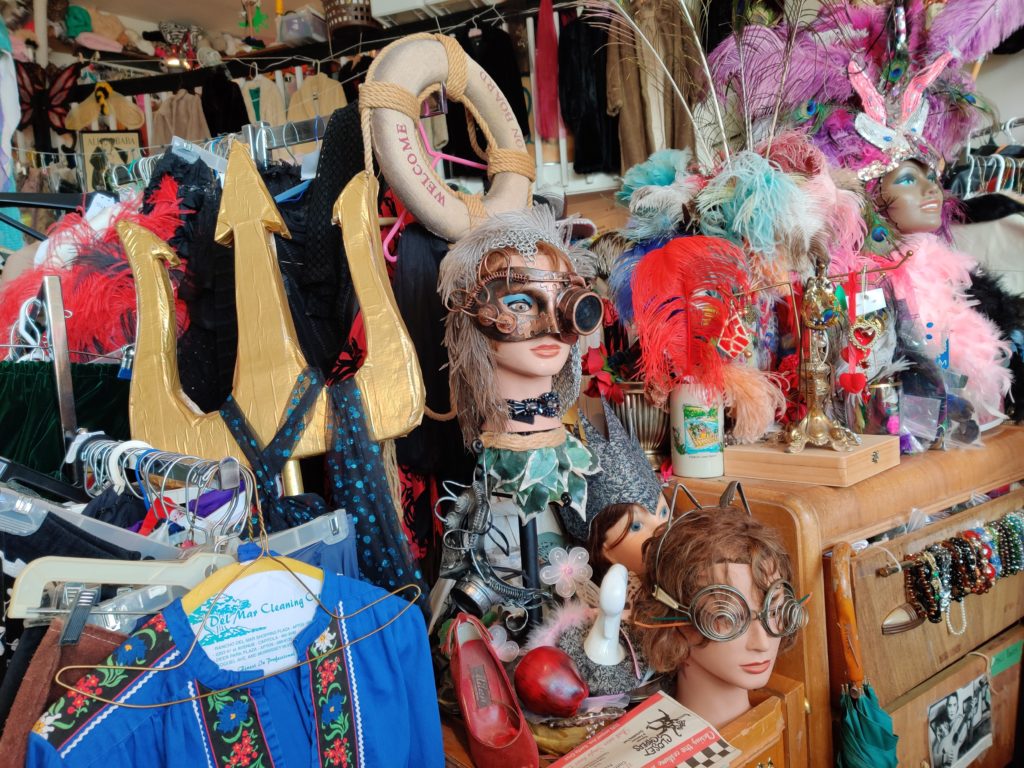
But it was her landlord who suggested, gently, that it was time to retire.
The tiny shop with its cavernous ceiling and winding aisles is crammed full of goodies. I went in to do some quirky holiday shopping, and was tantalized by jester hats, beaded dresses, and medieval capes.
Please support Rebecka’s retirement by purchasing one of her lovingly collected items. As I discussed last week on KSQD with the founders of Sellhound.com, a reused item is the greenest of gifts!
If you are an experienced eBay seller and would like to help her sell some of the pricier items, please contact her at 831-251-8700.
Happy Holidays, everyone. Let’s try our best to keep what’s quirky and wonderful alive in Santa Cruz.



